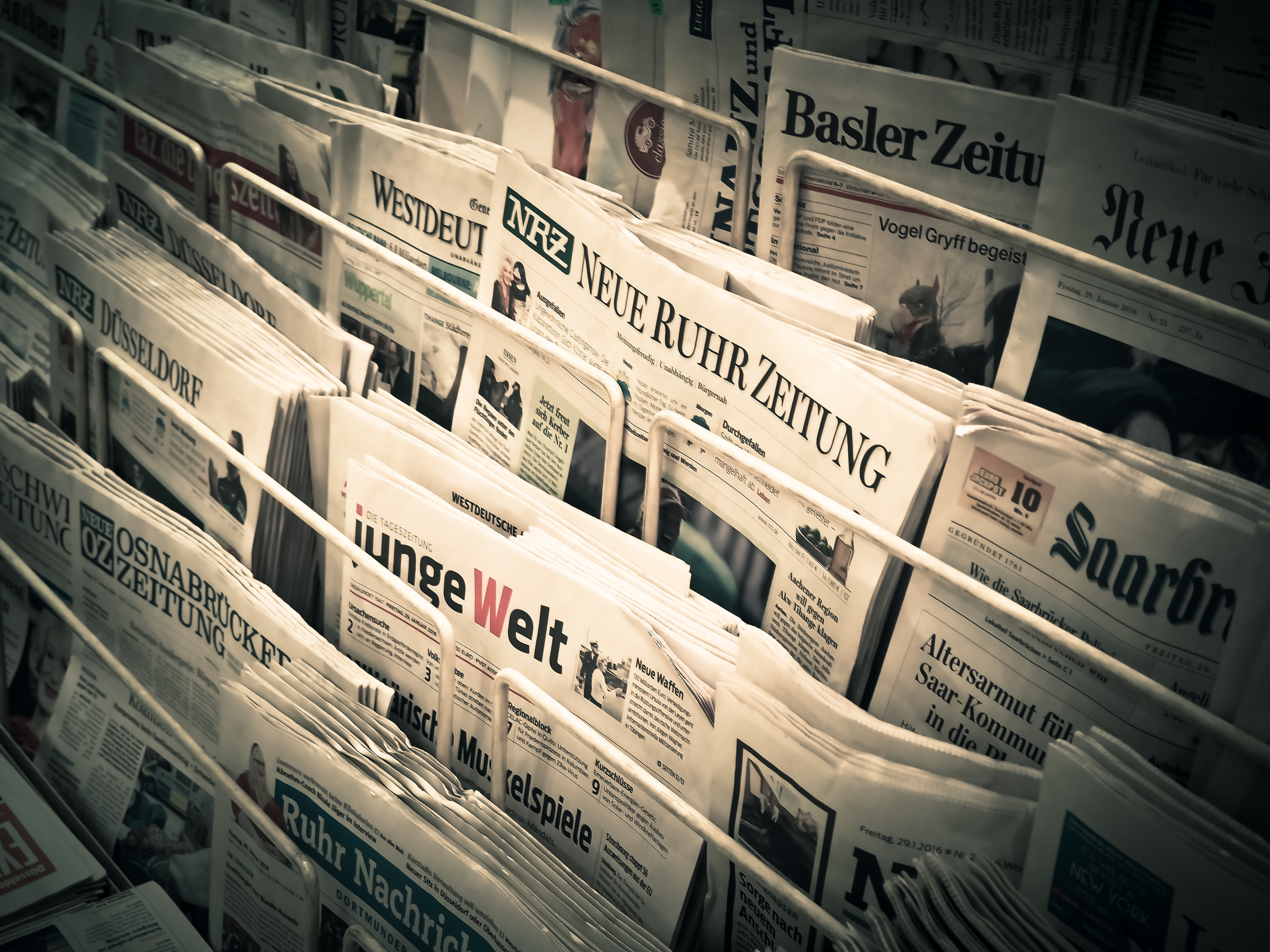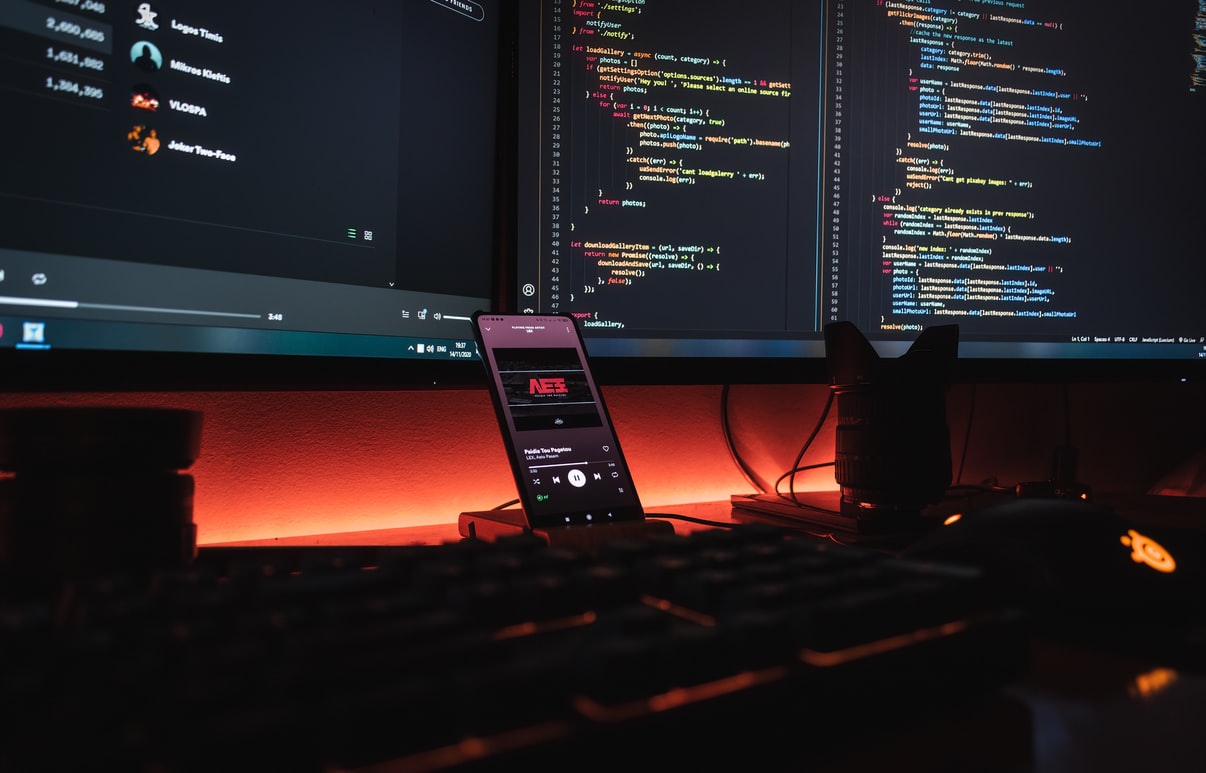Image Recognition (also called Image Classification)
Image Recognition is the process of analyzing an input image and predicting its category (also called as a class label) from a set of categories.
For instance, consider an automatic store checkout scenario. The user displays an SKU in front of a camera that is powered by an Image Recognition software. The software, when trained on all the SKUs present in the store, can predict the SKU shown by the user as one among all the SKUs.
An example SKU image is shown below which needs to be identified automatically by the camera.

The output of the Image Recognition software for the above image will be — Nescafe Classic Jar 200g. Here, the Image Recognition algorithm classifies the image by predicting its class label. But what happens when there are multiple SKUs in an image? Then, a different set of techniques, known as object detection, is used.
Object Detection
Object Detection is the process of not only identifying and locating the SKU in an image. Image Localization is typically achieved by drawing a bounding box around the object in an image.
For instance, consider a scenario where the same camera is now shown multiple SKUs by a user (for faster checkout). It now needs to identify each SKU in an image.
An example image is shown below

A sample output for such an input image is shown below

ParallelDots, through its Shelfwatch platform, has created an in-store execution tracking tool leveraging Image Recognition and Object Detection in the retail environment. In this blog, we explore some of the use-cases of Image Recognition and Object Detection in retail and how Shelfwatch is the best option to implement them.
Image Recognition and Object detection in Retail
Recently, Forbes coined the term “Picture of Success”. They believe that, nowadays, the most successful companies are using the power of artificial intelligence to find their picture of success. As Forbes notes,
“Drawing heavily on shopper insights to understand their category’s rules, successful companies zero in on the sales drivers they need to pursue. They use that knowledge to sketch out what an ideal store should look like in order to deliver the greatest results. This is their “picture of success” — a vision of which brands and SKUs to place in each store, where to place them, how many facings, what type of layout and what promotions to activate in a way that will best convince shoppers to buy.”
While consumer brands use a variety of market research techniques to create their picture of success such as eye-tracking, enforcing and tracking its execution in retail stores remains a challenge. Manual auditing of the retail shelf has proved to be time-consuming and inaccurate with error rates up to 20% as described in this Stanford study.
Image Recognition and Object Detection techniques can help consumer brands to standardize store checks and get consistent results from all the sales channels allowing them to make business decisions based on shelf data confidently.
1. Auditing Product Placement — Planogram Compliance

Customers make important buying decisions at store shelves. CPG companies invest in tools and studies to create planograms that are part of their ideal store strategy. Auditing shelf management using Image Recognition digitizes store checks and plays an essential role in understanding the shelf conditions and how they affect the sales of their core SKUs.
Object Detection, using a deep neural network, detects SKUs within images of shelves and classifies them at manufacturer, brand or SKU level. Such a neural network can be trained to compare and identify gaps between actual shelf image and reference planogram. Depending upon the accuracy and speed of these neural networks, the auditor can get real-time feedback on their handheld device to take corrective actions while they are still in store.
Leveraging object detection in retail can make store checks productive and empower your sales rep or auditor to take corrective actions and fix issues.
2. Detecting Empty Shelf

A study conducted by IHL group puts the total loss of sales due to out of stock at nearly $1 trillion. The study found that over 20% of Amazon’s North American Retail revenue can be attributed to consumers who first tried to buy the product at a local store but found it out-of-stock.
Empty shelves were encountered by 32% of the shoppers in the study and thus, retailers and CPG firms need to ensure the shelf is always stocked with the correct product. Retailers can leverage Image Recognition and Object Detection using fixed cameras in their store to alert the store staff whenever a shelf is found to be empty. The store staff can get an instant alert on their phone along with the accurate description of the SKU missing from the shelf and the location of the shelf.
3. Assessing Competition

Object Detection algorithms can also be trained to identify competitive activity in-store and spot category trends.
While Nielsen and IRI retail data provide information on category sales for different brands, it does not accurately capture the in-store activities of different brands that drive sales.
Identifying competitors and tracking their in-store activity can help a CPG brand to grow in its category by identifying potential opportunities. A large tobacco company was able to track the new launches of its competitors and their promotional programs using Image Recognition provided by ShelfWatch. They were able to cross-reference new launches and in-store promotions of their competitors with the retail sales data to identify new areas of growth.
Image Recognition Using Shelfwatch
The following workflow below demonstrates how an Image Recognition solution like ShelfWatch works in practice. Solutions like ShelfWatch are cloud-based, i.e. they need an active internet connection to process the images to deliver real-time results. However, in the case of spotty or non-existent internet connection, ShelfWatch can be used in offline mode to collect images. The insights will be generated when a good internet connection is available.

Shelfwatch eliminates all the bottlenecks in the traditional retail audit process that are currently eating into the time of the sales rep or merchandisers during their store visit. Using Image recognition, Shelfwatch empowers reps to collect photos with a click of a button and generate actionable, real-time store insights. It is reliable, free of human biases, and fast. The algorithm controls the data quality at the collection level to bring out the standard and objective analysis.
Found this blog useful? Read this blog to read more on ShelfWatch.
Want to see how your own brand is performing on the shelves? Click here to schedule a free demo.


